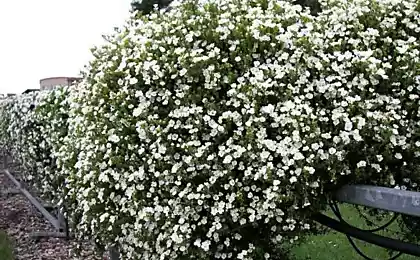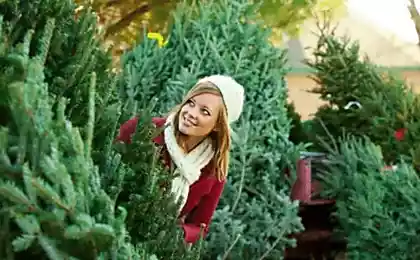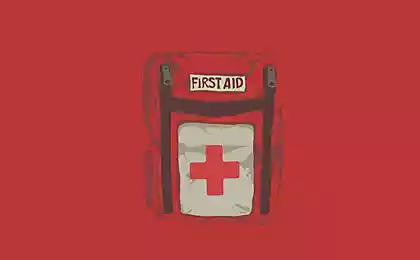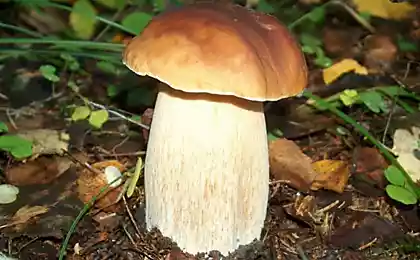674
Aglaonema: cultivation and care at home

Aglaonema is a herbaceous and evergreen plants in natural conditions it grows in tropical New Guinea and South-East Asia. Because of its simplicity, this plant is well stuck on our window sills.
Description of the plant
From aglaonema straight and fleshy stem, but it becomes noticeable only in adult plants, and it is only because they fall off the lower leaves. The leaves can vary in color, depending on the species or varieties of plants. The leaves themselves are oblong ovate, of the table grow in short or medium-length petioles, and rough to the touch and dense.
The flowers have the shape of a corn cob covered one side with a greenish cover, the decorative value they have.
Aglaonema – types:
Aglaonema brilliant
In terms of the sill of this type is quite rare. In height the plant can grow to about a meter. Green leaves, large reach a length of 40-45 cm and a width of 15-20 cm, are of an oblong shape. The flowers are collected in inflorescence, spathe usually grows to 6cm, the veil reaches the same length.
Aglaonema changeable or mutable
The stem of this species is straight, the length can be from 30 to 150 cm Listesine size, bright green, at length grow from 25 to 30 cm, in width from 7 to 10 cm Flowers are collected in inflorescence, spathe whitish, up to 6 cm in length, bedspread pale green.
Aglaonema prodolgovataya
This form has a decorative silver-gray pattern on the leaves. The barrel is quite short. Color the leaves are bright green, the leaves themselves vyrastayut 25 to 30 cm in length and from 7 to 10смв width.
Aglaonema painted
It is as a decorative foliage, the leaves of most varieties covered with spots of whitish-silver color. The Mature plant grows up to 60-70 cm. the leaves Themselves are quite large, dark green.
Aglaonema ribbed
Different decorative leaves, depending on variety the leaves can be covered or strokes if spots of a silvery color. The leaves in length can reach a size of 15 to 20cm and a width of 7-10cm.
Aglaonema of skromnaya reasonable
Can grow to 60-70cm in height, the trunk good branching. Leaves are bright green, 15 to 20 cm in height, with a width of 7-9cm.
Aglaonema growing conditions and care
Lighting and location
The plant belongs to shade, but the ideal conditions for growing schitaetsyasya ambient light. If you are growing variegated form, you should care about more than bright light. But remember that direct sunlight to the plant is contraindicated, otherwise the leaves will appear burnt. Shape solid worksheets grow well in conditions of shade and partial shade.
Temperature mode
The perfect growing conditions can be considered the ambient temperature from 20 to 24 °C. In winter at a very moderate watering plant can briefly withstand temperatures up to 10°C, but it is better to avoid it.The ideal winter temperature 15-17°C. it is Not necessary to assume that the plant stood in the draft, otherwise will weaken the immune system and the plant can get sick. Harmful as sudden changes in temperature.
Mode humidity
For plants that will suit Srednyaya high humidity. In the hot summer and heating season aglaonema need to spray 2-3 times a week. In very dry air the leaves of the plant lose turgor, do not grow and the leaf tips wither.Obespechitelnyh humidity can, spread near the plants water containers or trays with pebbles and water. At low ambient temperatures and the spraying moist air to the plants is contraindicated.
Requirements to the soil the essential requirements of soil called the permeability and ability to retain moisture. If you have time you can prepare the substrate independently. To do this, take two parts peat and leaf humus, odnochastny garden soil and sand or perlite, and all mix well. After mixing your substrate is ready. Before planting care should be taken that the pot had a drainage hole and a drainage layer with a height of 2-3 cm.
If you don't want to mess with the preparation of the substrate, you can buy in the store ready mix for bulbous plants, it is very well suited for planting aglaonema.
Watering
The plant is very demanding to moisture, so watering in active growth period should be abundant. Aglaonema watered as the drying earthen coma. In winter, watering should be reduced, the plant at this time watering once a week. For irrigation use a soft vystoyanu water at room temperature.
Feeding
In winter, the plant does not need fertilizing, which is not true of the period of active growth. Aglaonema should be fertilized in the period spring – summer once in two natalieporto universal fertilizer for indoor plants. But you should use mineral and organic fertilizer at a time.
Planting and transplanting
Aglaonema need of timely transplant, as with all indoor plants. At a young age the plants should be transplanted once a year in the spring, changing the part of the soil. When the plant will be 3-4 years, as frequent transplantation will not need him, they will need to be done once in three to four years.
In the case where the plant is grown nice to add to the soil mix podcasti charcoal, this will help to avoid further decay of the roots of the plants.To transplant Mature plant can be at about rejuvenation, it is enough just to bury the long stem. When planting and transplanting plants, remember that the pot should be done drainage, otverstie is filled with the drainage layer.
Aglaonema breeding
Aglaonema can be propagated by cuttings, seeds and division of the Bush. Seed propagation is a rather laborious and time-consuming process and therefore at home is rarely used.
Propagation by cuttings Cuttings plants can be produced in adulthood. Cuttings are taken from healthy plants after a period or when branching naked stem. The stem is cut as apical stalk if it is too long, it should be divided into several pieces of 10 cm each. But each stalk should have at least 2-3 of the sheet.
After cutting, the cuttings are left for 24 hours to dry, place slices pre-treated with activated carbon powder. After allotted time the cuttings should be put in the liquor. The nursery is a place a box filled it with potting compost. For rooting of aglaonema is considered to be a mixture of peat and sand in a ratio of 1/1. The cuttings are immersed in wet soil, about half long, and after that, it is advisable to build on them teplichku.
For good root formation in the cells need to maintain a temperature of 22 to 25 °C, in this mode, the roots will appear in about three to four weeks.Cuttings can be considered entrenched if pavilionului fresh leaves. After a while, when the plants finally grow they can be transplanted into individual pots.
Reproduction dividing the Bush
This reproduction is usually used when transplanting plants. For this after removing the plant from the pot it can be divided into as many parts as the plant stems, but make sure that all parts were with the roots. If trunks fused with each other, they should be divided with a sharp knife. Place slices necessary to process the activated carbon and put every delanco in a separate pot.
Attention!
The plant belongs to the toxic, so after all work it is necessary to wash up carefully hands! published
P. S. And remember, only by changing their consumption — together we change the world! ©
Source: www.art-pen.ru/
Eco-hostel for lovers of peace in the beautiful area of Argentina
SpaceX has successfully tested the alarm system Dragon






















